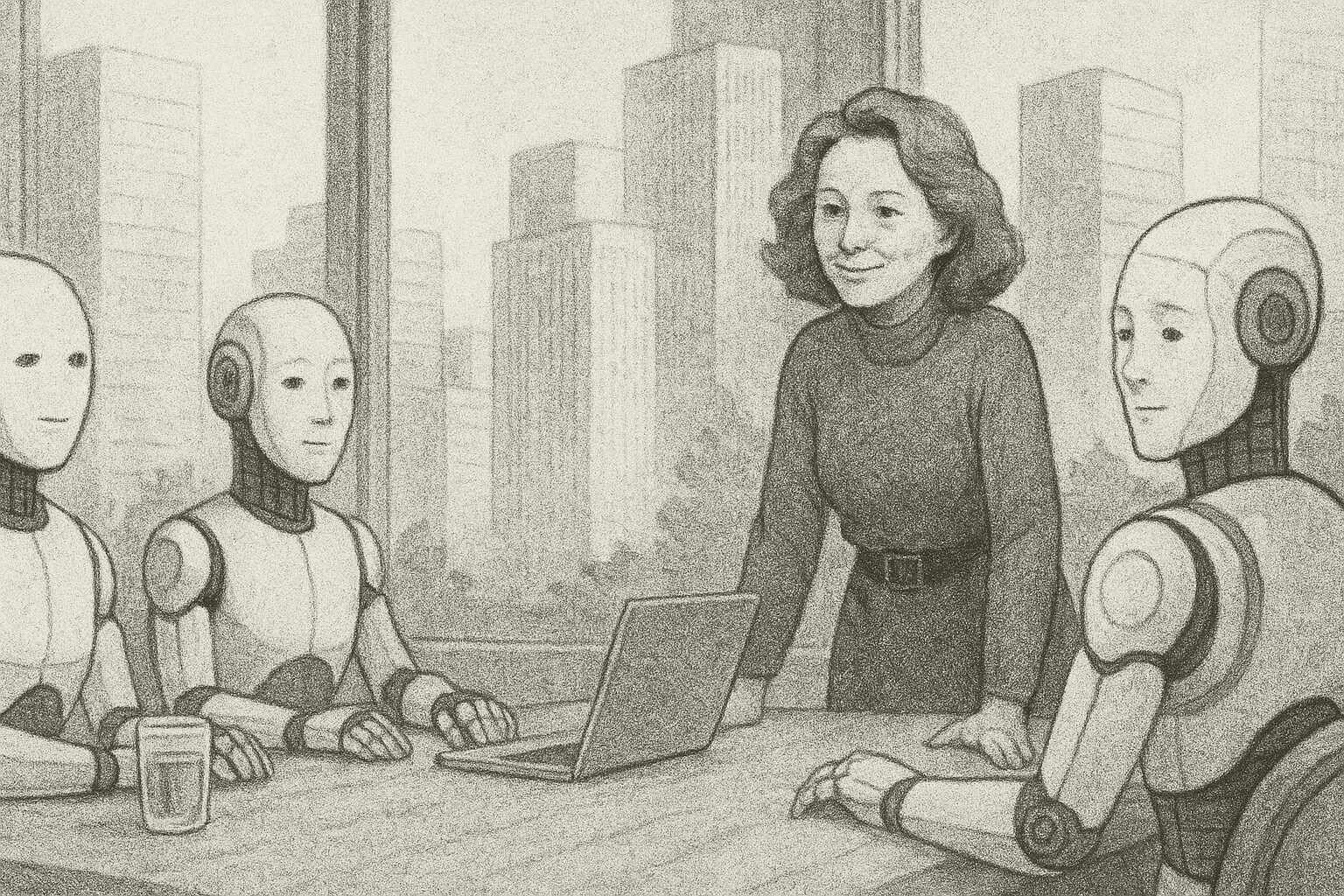In a world driven by innovation, it’s no longer unthinkable to imagine a billion-dollar enterprise run by just one individual. Dario Amodei’s prediction of this milestone occurring as early as 2026 sparks both curiosity and controversy. While it sounds far-fetched, examining the trajectory of technology and entrepreneurship reveals how such a reality might come to pass—and the profound societal implications it could carry.
The Feasibility of a Solo Billion-Dollar Enterprise
At its core, the concept hinges on leveraging artificial intelligence (AI) and automation at unprecedented scales. With advancements in AI agents capable of managing everything from customer service to supply chains, a single entrepreneur could theoretically orchestrate an empire. But for this to be sustainable, the individual would need not only access to cutting-edge AI tools but also an exceptional ability to manage and optimize their performance—essentially becoming the human conductor of an orchestra of machines.
This vision, however, raises critical questions. What competitive moat would such a company possess? Could it survive the inevitable rush of imitators empowered by similar technology? Without a unique edge—be it intellectual property, branding, or first-mover advantage—many argue that such ventures could crumble under competition.
AI and the Concentration of Wealth
A single-employee billion-dollar company symbolizes a dramatic consolidation of wealth and power. Historically, companies grew by hiring talent, creating jobs, and contributing to the economy. This new model flips the script, potentially widening economic inequality. Critics argue that the proliferation of such businesses could exacerbate issues like joblessness and homelessness. In a society dependent on consumer spending, removing employment opportunities might destabilize the very markets these companies serve.
While some dream of universal basic income (UBI) as a solution, implementation remains politically fraught. Without systemic changes, the consequences of replacing human labor with AI at scale could be dire.
Innovation, Hype, and Reality
Skeptics dismiss this vision as hype, pointing out that many valuations today are paper-based, driven by speculation rather than tangible assets or revenue. They cite examples like cryptocurrency ventures, where market capitalizations soar despite limited real-world utility. The rapid iteration and accessibility of AI tools mean that any “billion-dollar AI company” could be swiftly outcompeted unless it demonstrates genuine value and differentiation.
Others highlight that even today, organizations with minimal staff—often just a few individuals—have achieved multi-billion-dollar valuations. The key difference lies in the use of contractors and collaborators, which purists argue disqualifies them from the “one-human” title.
Societal Implications
Beyond the technical and financial feasibility, this idea forces a broader conversation about the purpose and direction of technology. Should AI serve as a tool to enrich a select few, or should its potential be harnessed to improve the quality of life for all? Proponents of democratizing AI envision it solving global challenges like poverty, disease, and climate change. However, if left unchecked, the technology might simply entrench existing inequalities.
Moreover, the psychological impact of such a shift shouldn’t be overlooked. For many, work provides purpose, structure, and social connection. A future where AI does most of the work raises existential questions about how humans find meaning and fulfillment.
The Road Ahead
The notion of a billion-dollar company run by one person is provocative, to say the least. It serves as a symbol of both the immense potential of AI and the challenges it poses to traditional economic and social structures. As we edge closer to this possibility, it becomes crucial to ensure that technology is used responsibly and inclusively, fostering a future where innovation uplifts society rather than dividing it.
The world will undoubtedly watch closely as entrepreneurs, aided by AI, attempt to reshape the boundaries of what’s possible. Whether this vision comes to fruition in 2026—or ever—remains to be seen. What’s certain is that the implications of such a transformation will be felt far beyond the balance sheets of billion-dollar firms.


